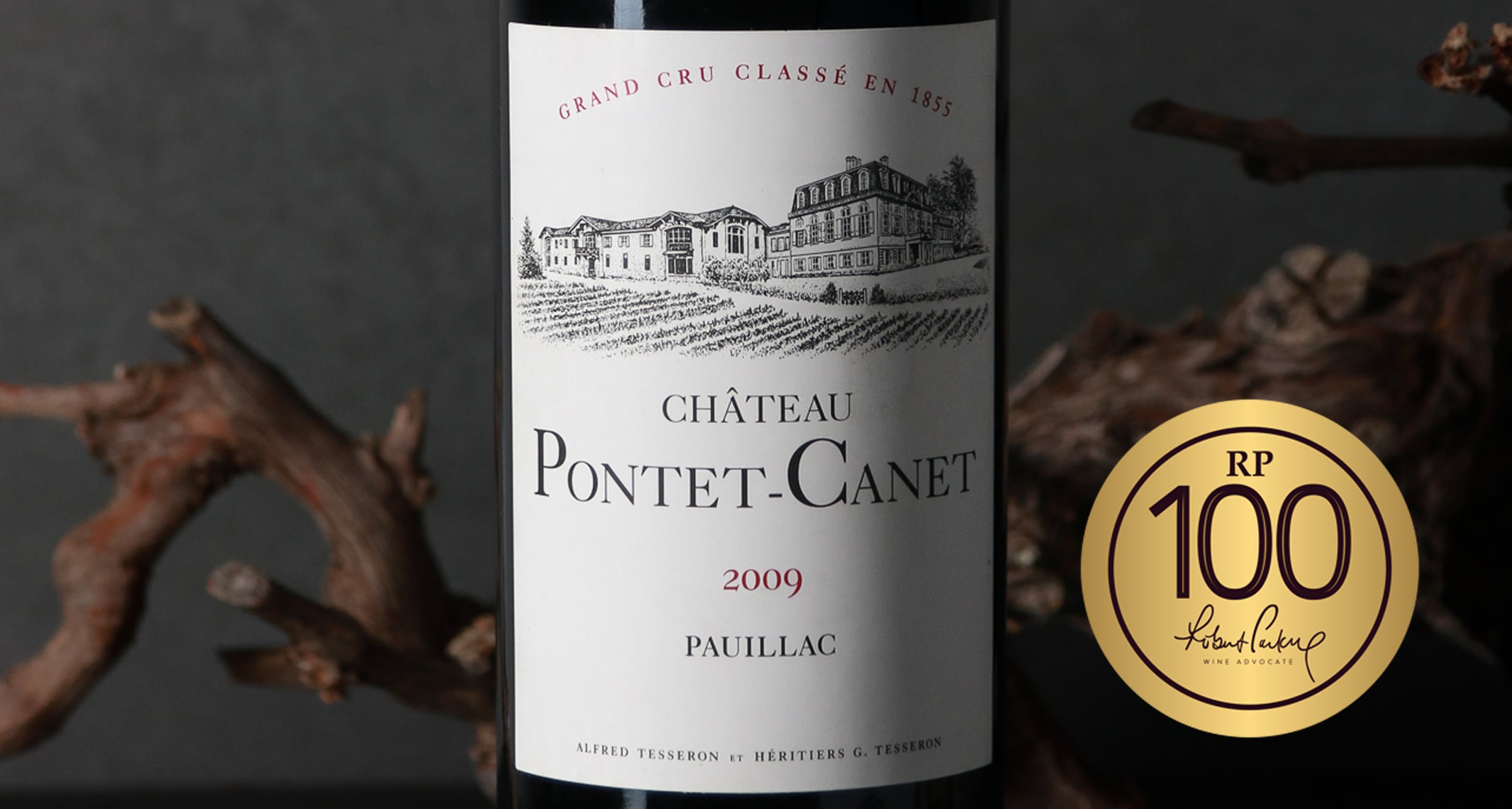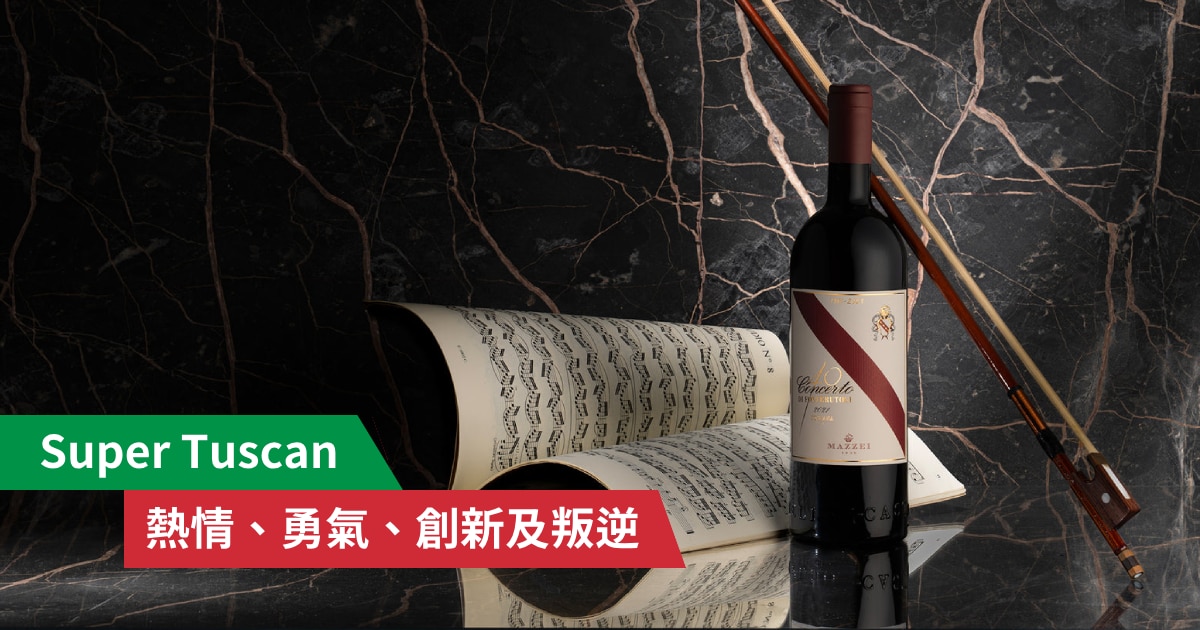多買 $1200 即享免費送貨
語言
繼續在{0}門市購物
保留購物籃中的產品
重新選擇產品
好的

Ooops! Connection Lost
Slow or no internet connection. Please check your internet settings or enjoy the wine first.

Penfolds CWT 521 Cabernet Sauvignon Marselan 2021
$ 1,080
售罄
關於此酒
On the nose, there is already open and lifted cassis, bramble and black cherry fruit, with sweet herbaceousness (mint) from the Cabernet and a hint of blueberry, damson and violet from the Marselan. On the palate, it is full-bodied, with relatively well-integrated 15% alcohol, angular but also rounded tannins, some supporting acidity and a decent core of ripe dark fruit with that relatively harmonious new-oak component. What impressed me for an initial outing for this wine is the fruit selection that must have occurred to manage pyrazine so well and how the sometimes chunky, upfront tannins of Marselan have been nicely blended here with the Cabernet. RP

牛扒

羊

陳年芝士
選擇我們的理由
探索更多年份

Penfolds CWT 521 Cabernet Sauvignon Marselan 2022
The wine leads with black cherry and star anise, raspberry, mulberry and black peppercorns. There are notes of warm baking spices, cinnamon cassia and fresh grated nutmeg as well. Here, the Cabernet is from Shangri-La, and the Marselan is from the Ningxia region. In the mouth, the wine is concentrated and a little syrupy, yet it achieves a sense of place and tastes very much like a Chinese wine, despite the influence of Australian winemaking philosophy. RP
$ 1,080
產品推薦
Pichon Longueville Baron Pauillac 2eme Cru 2009



 即日到店自取
即日到店自取



















 店舖列表: 頁面只會顯示可使用即日到店自取的產品
店舖列表: 頁面只會顯示可使用即日到店自取的產品



